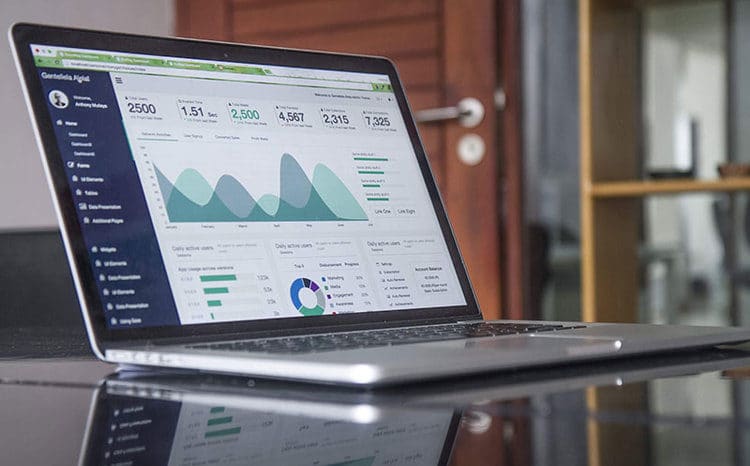Across the northern hemisphere, swimsuits, sunglasses and sunscreen are flying off the shelves, which means it’s easy to forget that we’re soon going to be in the next season of selling – the holiday period.
Across many industries, more than 30% of the whole year’s revenue is taken in just November and December. But it’s not as simple as a single seasonal peak. Within the season, there are well known spikes that you can prepare for.
Black Friday & Cyber Monday
In the USA and Canada, Black Friday is the Friday following Thanksgiving (November 23rd this year), and is traditionally regarded as the start of the holiday season shopping period. The Black Friday theme has also been heavily promoted elsewhere over the years, such as in the UK and Australia, even though Thanksgiving isn’t observed in these countries.
Many retailers start their holiday promotions on Black Friday; they open earlier and close later, helping to drive the shopping frenzy. While more recently, the promotion has started to creep forward into Thanksgiving itself and even earlier.
Cyber Monday is the Monday after Black Friday. Cyber Monday was invented to encourage people to buy online, and is probably more international than Black Friday. Generally recognized as the busiest online shopping day of the year, this is a date you cannot afford to ignore.
You Need to Prepare Now!
But you’ve got to get ready much earlier. If you’ve not already done so, you need to be deciding on the right product lines, listing your products online, optimizing those listings to be top of the market, and stocking up on inventory.
And perhaps most importantly, your business needs to have the software systems in place to deal with the increased sales.
Efficient processing, shipping and re-ordering systems will let you be agile and responsive during the white-knuckle ride of the peak selling season, getting the most out of popular sellers, recognizing slow sellers and creating discounts, while keeping a close eye on profitability.
To be efficient all the way from your customer placing an order through to re-stocking inventory and paying suppliers, all orders should be processed in one single system – the same system you use to handle inventory, purchase orders and accounting.
This ensures that you’ll have accurate, up-to-date inventory levels that synchronize with all your sales channels, detailed sales information to hand, and you’ll be able to re-order products from suppliers with just a few clicks.
You’ll also know exactly what’s going on with your finances, so you can spend confidently on marketing and buying the right inventory.
But every business needs an adaptation period, since new systems will mean new processes for your team to learn. The dust needs to be fully settled and your staff need to be comfortable with their new tools before sales start to rise.
Conclusion
At Brightpearl, we’ve worked with thousands of businesses implementing new software systems. But to have your new system setup, fully functioning (and allowing you time to concentrate on your holiday promotions), you need to start right now.
The sooner you’re running your business on a single, integrated platform, the sooner you can get ahead of your competition and get the most out of the closing months of the year.




